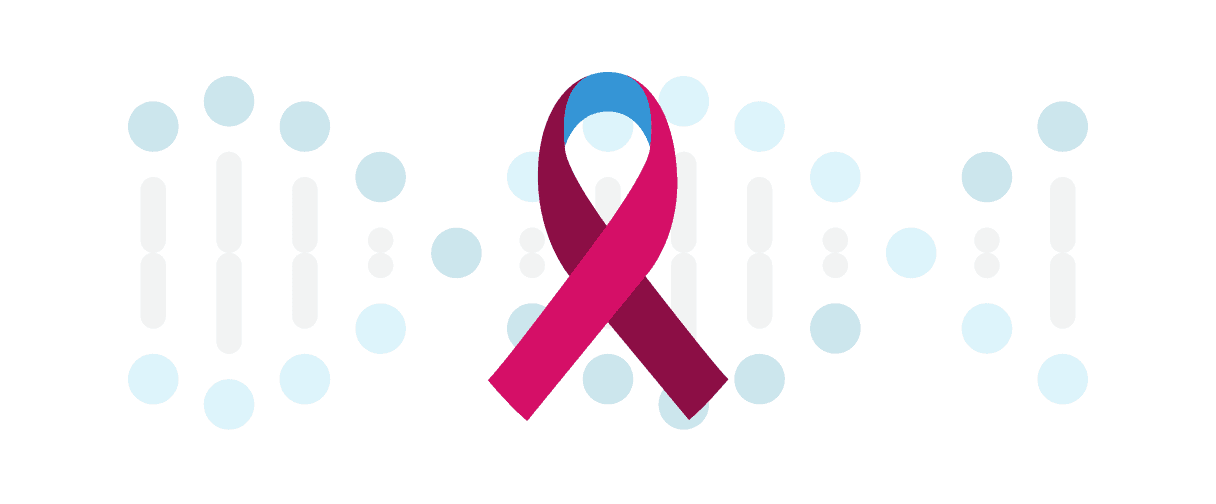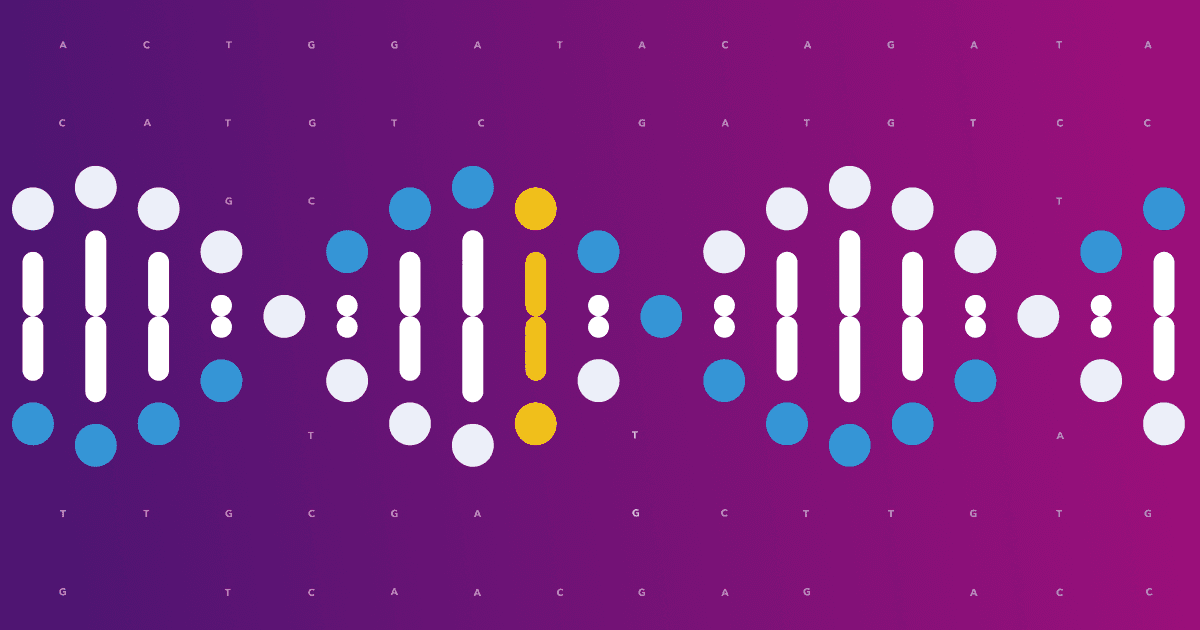We often hear about the “nature versus nurture” debate, framing it as a battle between our genes and our environment. But in many cases it’s not a battle at all, it’s a partnership. The way our genes impact our health and traits may change depending on our environment.

Understanding both “nature” and “nurture” is especially important when we consider complex skills critical to success in life, like reading. Thanks to the contribution of over a million 23andMe® research participants, a new study, led by scientists from the University of Edinburgh, is helping to untangle how both genes and environment work to shape literacy.
The Reading Puzzle
Literacy is a powerful predictor of life outcomes, from education level to income. For decades, researchers have tried to understand the roles genetics and environment play in why some people learn to read and spell more easily than others.

Several studies of twins in the United States suggested an interaction between genes and environment. In these studies, how much influence genetics had on reading skills seemed to be higher in families with a higher socioeconomic status. In other words, genetics appeared to have a bigger impact on a child’s reading ability when they were in a more advantaged environment. This idea is called a gene-by-environment interaction.
However, the evidence of this gene-by-environment interaction was mixed in studies conducted in the United Kingdom and Australia. This puzzle led researchers to ask: can we use modern genetic data to test this theory in large, diverse populations?
A New Approach
Researchers utilized summary statistics from a 2022 genome-wide association study (GWAS) on dyslexia to construct a polygenic score—a way of estimating someone’s genetic tendency toward a trait by adding up the small effects of thousands of DNA differences.
The team then applied this polygenic score to two large groups of children and adolescents in Australia and the United Kingdom to see if the score’s effect on reading and spelling skills was moderated by their family’s socioeconomic status. Socioeconomic status was used as a broad measure of environmental advantage, capturing factors like parental education level and household income.
What Was Discovered: Two Parallel Paths
Both the dyslexia polygenic score (nature) and socioeconomic status (nurture) were significant predictors of reading and spelling performance. Together, demographic, genetic, and socioeconomic factors explained between 8% and 11.6% of the variation in reading skills.
However, the study found no interaction effect. Nature and nurture were both important, but they worked in parallel.
This means the influence of a person’s genetic predisposition was the same, regardless of their family’s socioeconomic background. In these groups, a higher genetic predisposition for reading provided a similar boost to children from all socioeconomic backgrounds.
The Bigger Picture
This finding is an important reminder to scientists to consider different environments when looking for gene-by-environment interactions. While some earlier US-based studies suggested an interaction, the different environments in these large UK and Australian groups showed a different outcome. Suggesting that both our genes and our environment make their own distinct contributions to the development of this fundamental skill.
Of course, every study has its limitations. The 23andMe research participants who contributed to the original GWAS are a self-selecting group and may not be perfectly representative of the general population. Additionally, only about 5% of 23andMe research participants said they had dyslexia, which is on the lower end of the commonly cited 5–10% range.
Even so, this large-scale study provides a crucial piece of the puzzle, emphasizing how vital it is to test scientific findings in diverse environments to get the full story.




